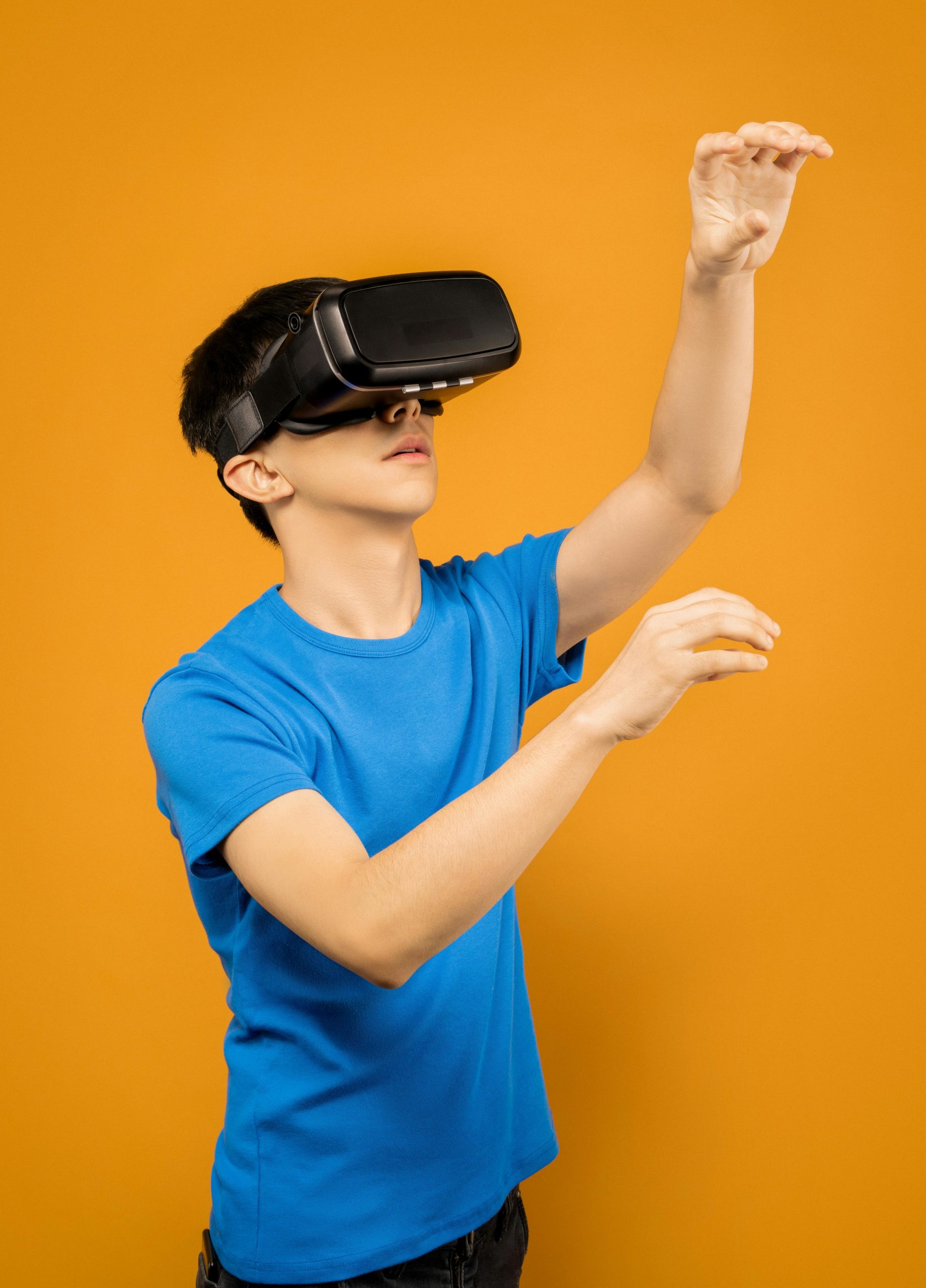The concept of the metaverse has evolved from science fiction to a tangible reality, thanks to the rapid advancements in virtual reality (VR) and augmented reality (AR). As these technologies converge, they are reshaping how we interact with digital environments, creating immersive experiences that blur the lines between the physical and virtual worlds. The metaverse revolution is here, and it’s transforming industries, social interactions, and entertainment in ways we never imagined.
The Foundations of the Metaverse: VR and AR
The metaverse is built on the backbone of VR and AR technologies. VR immerses users in entirely digital environments, while AR overlays digital elements onto the real world. Together, they create a seamless blend of physical and virtual spaces. Companies like Meta (formerly Facebook), Microsoft, and Google are investing heavily in these technologies, pushing the boundaries of what’s possible.
Virtual Reality (VR): VR headsets like the Oculus Rift and HTC Vive transport users into fully immersive worlds. These platforms are ideal for gaming, virtual meetings, and training simulations, offering unparalleled levels of engagement.
Augmented Reality (AR): AR, on the other hand, enhances the real world with digital overlays. Apps like Pokémon GO and devices like Microsoft’s HoloLens demonstrate how AR can enrich everyday experiences, from navigation to education.
How VR and AR Are Merging in the Metaverse
The metaverse isn’t just about VR or AR—it’s about their convergence. Next-gen platforms are integrating both technologies to create hybrid experiences. For example, Meta’s Horizon Worlds combines VR environments with AR elements, allowing users to interact with digital objects while remaining aware of their physical surroundings.
Shared Virtual Spaces: Platforms like Decentraland and Roblox use VR to create persistent virtual worlds where users can socialize, work, and play. AR integrations allow these experiences to extend into the real world, bridging the gap between both realms.
Mixed Reality (MR): MR is the next step in this evolution, blending VR and AR to create environments where digital and physical objects coexist and interact. Microsoft’s Mesh platform is a prime example, enabling holographic collaborations in real time.
The Impact of the Metaverse on Industries
The metaverse is poised to revolutionize multiple sectors, from entertainment to healthcare. Here’s how:
Entertainment and Gaming
Gaming is at the forefront of the metaverse, with titles like Fortnite and VRChat offering immersive social experiences. Concerts, movie screenings, and live events are now taking place in virtual spaces, attracting millions of participants.
Education and Training
VR and AR are transforming education by providing interactive learning environments. Medical students can practice surgeries in VR, while AR apps like Google Expeditions bring history and science lessons to life.
Remote Work and Collaboration
The metaverse is redefining remote work. Virtual offices in platforms like Spatial enable teams to collaborate in 3D spaces, making meetings more engaging and productive.
Challenges and Considerations
While the metaverse holds immense potential, it also faces significant challenges:
- Privacy and Security: As users spend more time in virtual spaces, data privacy and cybersecurity become critical concerns.
- Accessibility: High costs of VR/AR hardware may limit widespread adoption, creating a digital divide.
- Ethical Concerns: Issues like digital addiction and the blurring of reality raise ethical questions that need addressing.
The Future of the Metaverse
The metaverse is still in its infancy, but its growth is unstoppable. As VR and AR technologies become more advanced and affordable, we can expect:
- Greater Integration: More seamless blending of physical and digital worlds.
- New Business Models: Virtual real estate, digital fashion, and NFT-based economies will flourish.
- Enhanced Social Interactions: Virtual hangouts and events will become as common as physical ones.
The metaverse revolution is just beginning. By merging VR and AR, next-gen platforms are creating a new dimension of human interaction—one where the boundaries between reality and imagination fade away. Whether for work, play, or connection, the metaverse promises a future limited only by our creativity.
